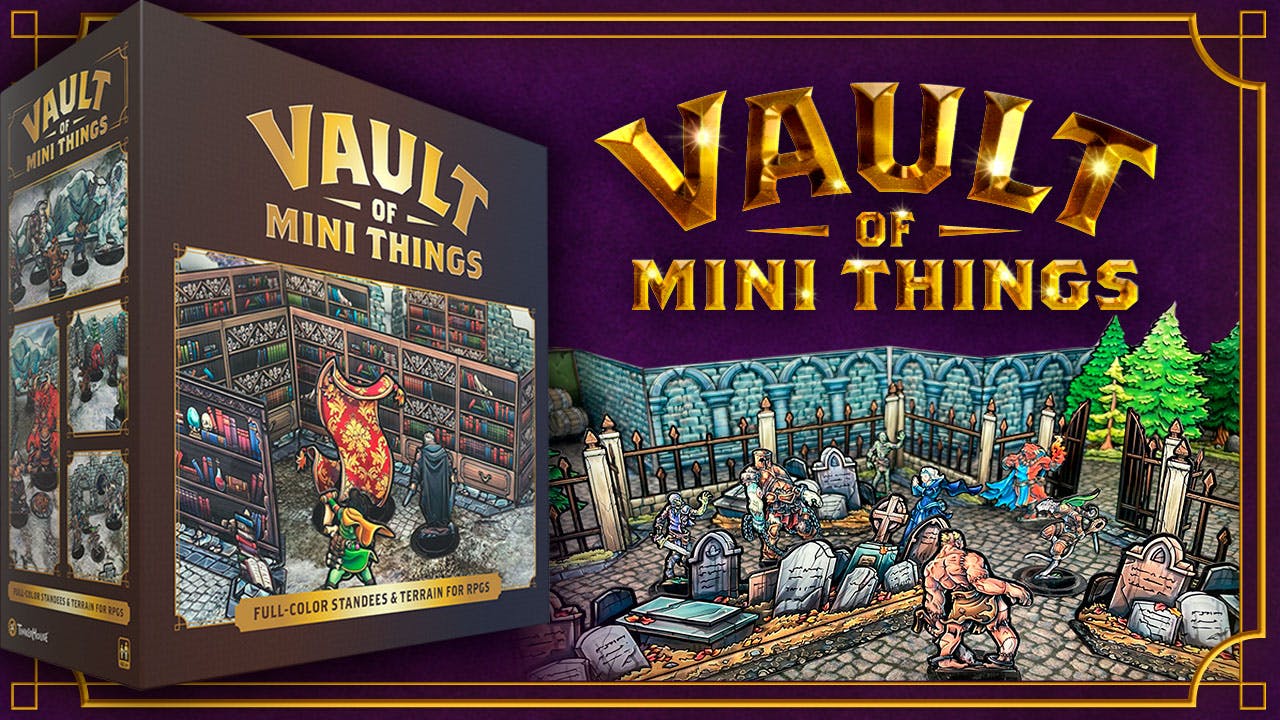Project Update: 33 - Quick Update
This user contributed to this community!
I think it's long past time for a thorough up date and a concrete timeline to delivery. Thank you!
This user contributed to this community!
Rapidly approaching two years, no update for two months. When will orders be fulfilled and shipped?
This user is a top contributor to this community!
Could you please have our pledges shipped straight to a Canadian hub from China, and not shipped up from the US? If we end up having to pay a whopping extra amount because of tariffs, then I'd much rather just cancel my pledge and get a refund.
This user contributed to this community!
Salut, en direct de la Bretagne (FRANCE), voici déjà 2 mois depuis le dernier mail d'informations de votre part. Quand est il de l'évolution du projet ? Les frais de transport seront ils plus élevés que l'investissement de départ ? (C'est grand l'océan l'atlantique ...) Merci pour les informations que vous transmettez et le travail que vous faites, cependant un peu plus d'infos plus régulières serait fortement appréciées par la communauté. Comme tous les participants nous avons hâte de découvrir le magnifique travail que vous êtes en train de créer. Dans l'optique qu'il ne reste pas à l'état de projet inachevé ? Merci à vous. Cordialement. Vico la Chips








